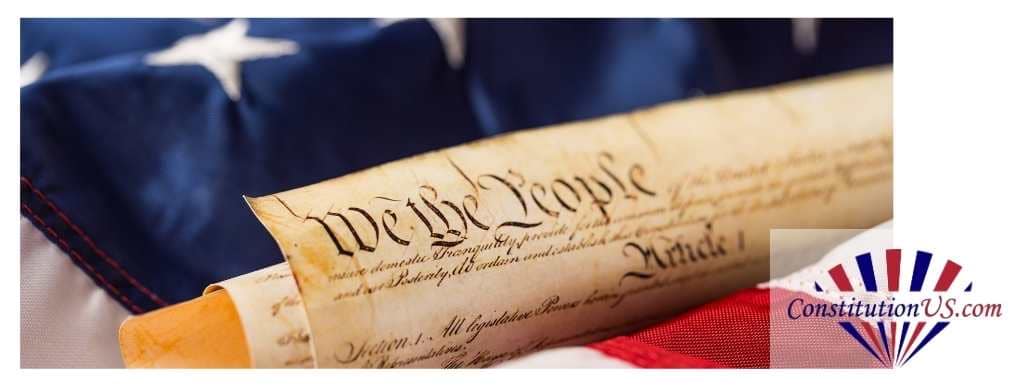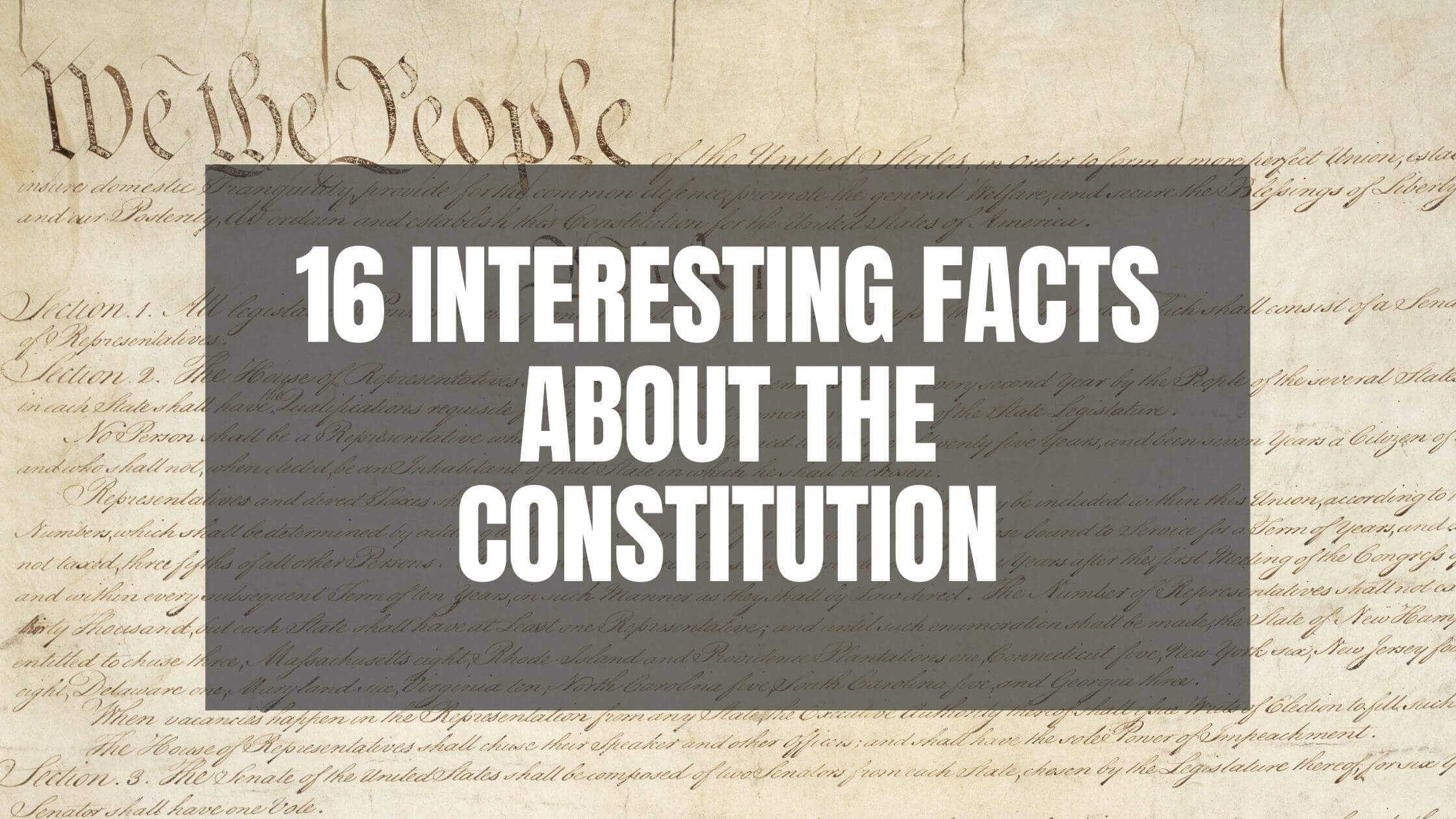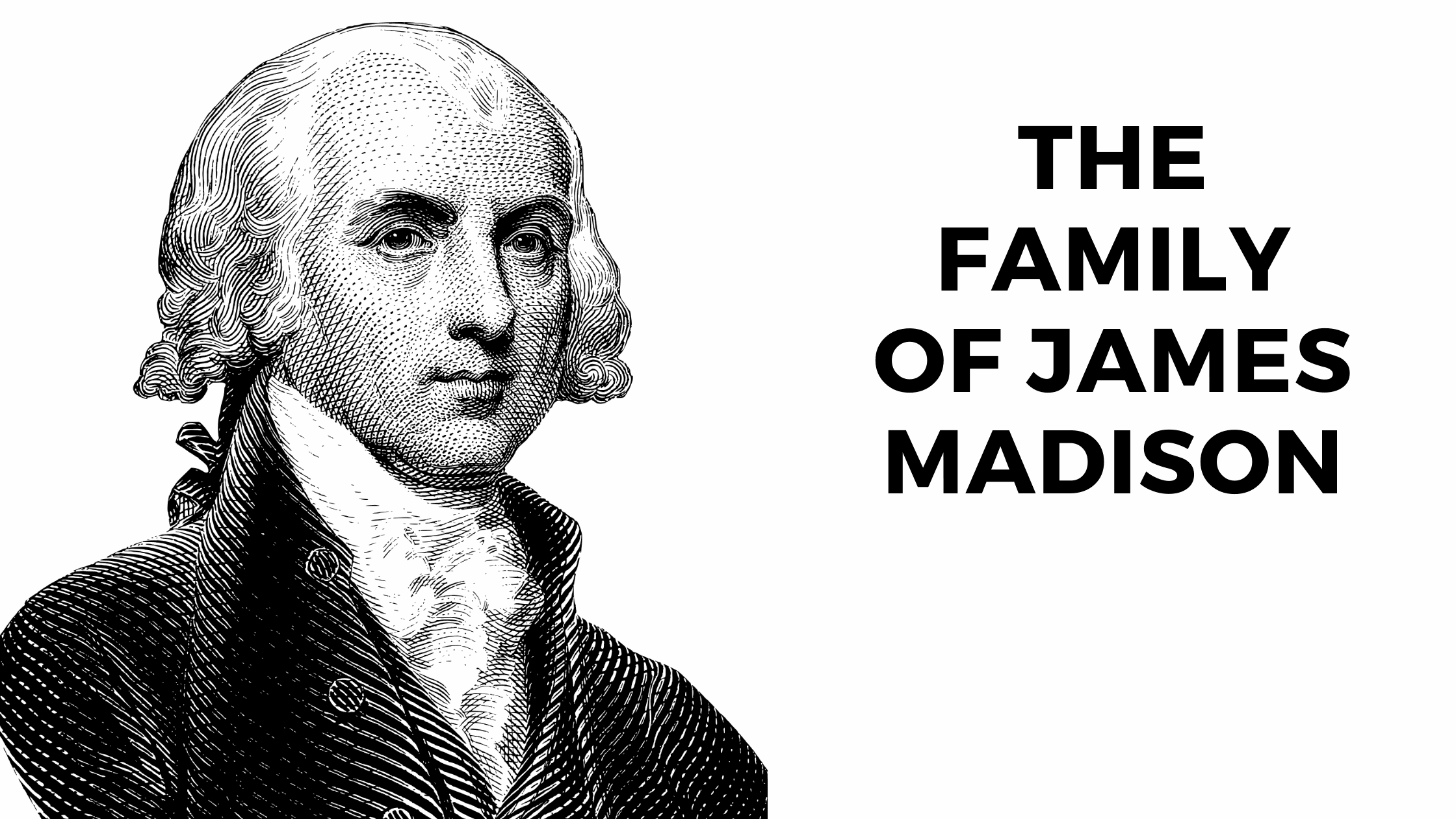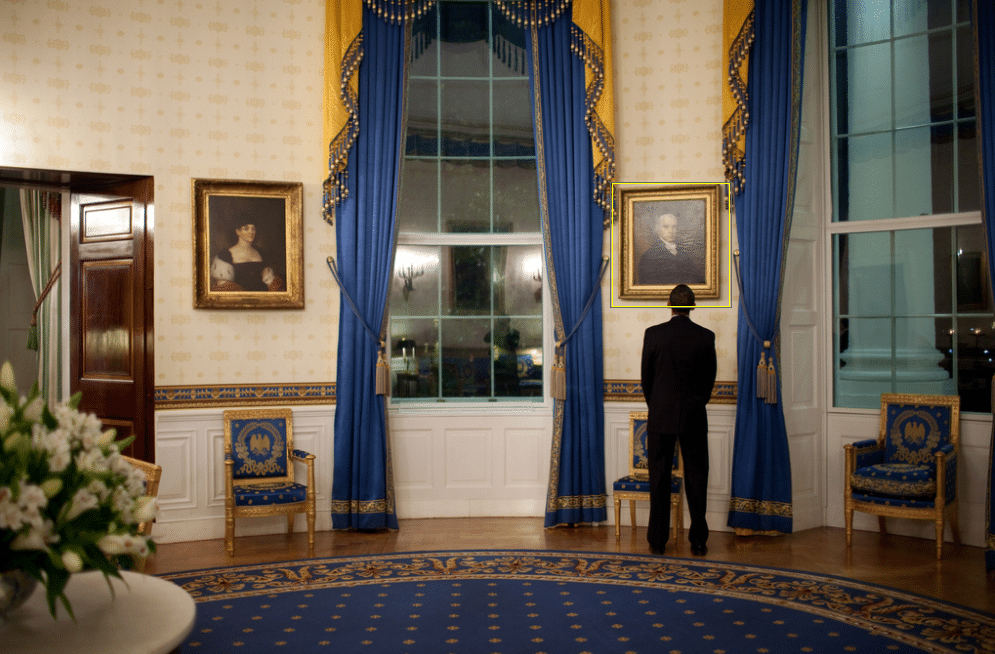Table of Contents
ToggleSources
- https://www.archives.gov/founding-docs/constitution
The National Archives provides authoritative information on the U.S. Constitution, including its drafting and ratification, which directly supports the blog post's claims about Madison's role. - https://www.monticello.org/site/research-and-collections/james-madison
The Thomas Jefferson Foundation at Monticello offers detailed historical context on James Madison's contributions to the Constitution and his collaboration with other founding fathers. - https://www.loc.gov/collections/james-madison-papers/about-this-collection/
The Library of Congress holds James Madison's personal papers, including his notes from the Constitutional Convention, which are referenced in the blog post. - https://avalon.law.yale.edu/18th_century/fed.asp
Yale Law School's Avalon Project provides the full text of the Federalist Papers, which Madison co-authored, supporting the post's discussion of his role in advocating for the Constitution. - https://www.britannica.com/biography/James-Madison
Encyclopaedia Britannica offers a comprehensive biography of James Madison, detailing his contributions to the Constitution and the Bill of Rights, aligning with the blog post's content.
Key Points
- James Madison is called the Father of the Constitution due to his significant role in its formulation, debate, and promotion.
- Madison was a delegate to the Virginia House of Delegates and the Continental Congress before the Constitutional Convention.
- The Articles of Confederation created a weak central government, leading Madison to push for the Constitutional Convention.
- Madison's Virginia Plan proposed a stronger national government with three branches and representation by population.
- The Virginia Plan became the foundation of the U.S. Constitution, though it was modified with ideas from other plans like the New Jersey Plan.
- Madison kept detailed notes of the Constitutional Convention, providing the only complete record of the proceedings.
- Madison co-authored the Federalist Papers with Alexander Hamilton and John Jay to advocate for the Constitution's ratification.
- Madison drafted the Bill of Rights, addressing criticisms from Anti-Federalists and drawing from historical documents like the Magna Carta.
- The Bill of Rights, consisting of the first ten amendments, is a fundamental part of the U.S. Constitution.
- Madison's contributions to the Constitution's form, creation, and ratification solidify his title as the Father of the Constitution.
Summary
James Madison is known as the "Father of the Constitution" for his pivotal role in drafting and promoting it. He authored the Virginia Plan, which formed the foundation of the U.S. Constitution, and later co-wrote the Federalist Papers to advocate for its ratification. Additionally, Madison drafted the Bill of Rights, addressing key concerns and solidifying fundamental freedoms.
James Madison – The Father Of The Constitution
Many men had a hand in the forming and drafting of the United States Constitution, including such famous founding fathers as Alexander Hamilton, John Jay, and Thomas Jefferson. However, James Madison is called the Father of the Constitution.
Madison earned this title by being intimately involved with formulating the ideas behind the Constitution, taking part in the debates that formed it, and promoting it to the public once it was a finished document.
Madison came from a prominent Virginia family. Before the Revolution, he served as a delegate to the Virginia House of Delegates. During the Revolution, he continued to serve in the House of Delegates and be a member of the newly formed Continental Congress.
The Constitutional Convention
The initial framework for the government of the United States wasn’t the Constitution we have now, but a document known as the Articles of Confederation. The Articles provided a perpetual union between the 13 colonies and created a very weak central government. Under the Articles, the federal government had no power to tax and only the authority that the 13 colonies recognized initially as belonging to the English King and Parliament.
While the Articles did provide a framework for the new nation, it soon became apparent that the weak and ineffective federal government could not manage the affairs of the Union. Madison quickly became unhappy with the structure set up in the Articles and became one of the driving forces behind setting up the Constitutional Convention that led to the United States Constitution.
James Madison and The Virginia Plan
The Constitutional Convention took place from May to September of 1787 in Philadelphia. Madison, a delegate for Virginia, arrived early and formulated what became known as the Virginia plan in consultation with some other delegates. This plan called for a stronger national government with the power to tax and regulate international and interstate commerce.
The Virginia Plan also called for a bicameral legislature (Senate and House of Representatives) and a chief executive (the President). It allocated representation by population, unlike the Articles of Confederation, which provided one vote for each state. It provided for three branches of government(Executive, Legislative, and Judicial) but had the other two branches named by the legislature.
Formation Of The Constitution
As the convention started, there were two competing plans. One was Madison’s Virginia plan, and the other was known as the New Jersey Plan, which called for a single-house legislature with one vote per state. The basic structure of the Federal government put forward in the Virginia Plan was quickly adopted, and the rest of the convention was spent arguing about details.
The Constitution that resulted from this Convention is Madison’s Virginia Plan at its heart, modified and refined with ideas from various sources, including some from the New Jersey Plan. Madison’s plan became the basis for the final document and is one of the main reasons he is called the father of the Constitution.
Madison kept day-by-day notes of the proceedings, which is the only complete record of the Convention.
The Federalist Papers
With the final draft of the Constitution signed by the delegates, the push for ratification came next. To advocate for ratification, Madison, Alexander Hamilton, and John Jay wrote a collection of 85 essays collectively known as the Federalist Papers. These were initially published in newspapers and later collected. Madison wrote 29 of the 85 essays.

Get Smarter on US News, History, and the Constitution
Join the thousands of fellow patriots who rely on our 5-minute newsletter to stay informed on the key events and trends that shaped our nation's past and continue to shape its present.
While the impact of these papers on the debates of the time is impossible to evaluate, they have become the definitive statement of the pro-Constitution position.
The Bill Of Rights
The Bill of Rights of the United States Constitution consists of the first ten amendments to the United States Constitution. The Bill of Rights is the most famous part of the United States Constitution and sets forth the rights that we as Americans consider fundamental.
Madison studied the criticisms and deficiencies of the Constitution that were raised by the Anti-Federalists and drafted articles to deal with the problems. He drew on the Magna Carta, the English Bill of Rights of 1689, and various state constitutions in drafting the articles. He presented his articles as a Virginia representative to the House of Representatives. They were soon sent to the states for ratification, eventually becoming the Bill Of Rights we know today.
It’s easy to see why James Madison is considered the Father of the Constitution. His work was crucial to the form, creation, and ratification of the Constitution and the later inclusion of the Bill of Rights.
For further reading you can look at James Madison quotes.
Resources related to “President James Madison”:
Who is the Father of the Constitution? Quiz
Frequently Asked Questions
Why is James Madison called the Father of the Constitution?
What was the Virginia Plan proposed by James Madison?
What role did James Madison play in the Constitutional Convention?
How did James Madison contribute to the Federalist Papers?
What was James Madison's role in the creation of the Bill of Rights?
How useful was this post?
Click on a star to rate it!
Average rating / 5. Vote count:
No votes so far! Be the first to rate this post.
We are sorry that this post was not useful for you!
Let us improve this post!
Tell us how we can improve this post?





